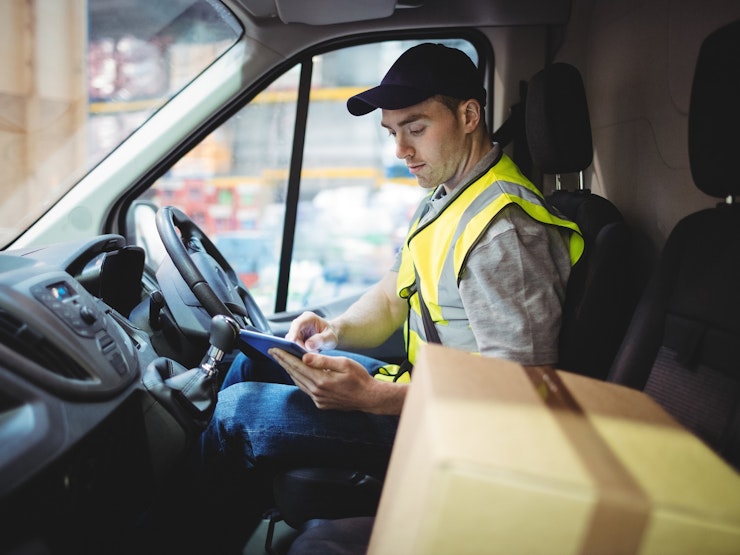Even as life, for many of us, is now returning to a more ‘normal’ footing, online alcohol sales are still projected to accelerate internationally across 20 key markets, including the UK, and the value of e-commerce alcohol sales is forecast to grow by 74% between 2020 and 2024.
It’s easy to see why. Gone are the days where, as consumers, we’d have to wait days for our order to be delivered. Instead, retailers have been increasingly adopting a rapid delivery model: purchase from the comfort of your own home, skip the queues and get alcohol delivered to your door, sometimes within 15 minutes of ordering.
And we’re spoilt for choice in terms of online retailers. Ten years ago, the supermarkets were the only places from where you’d realistically purchase alcohol online. Today, there’s a vast array of online sellers, including app-based retailers who have arrangements with restaurants, takeaways and off-licences; other online platforms who have hooked up with local convenience stores; and specialist retailers, like wine and craft ale clubs.
So, what’s the problem? Simply put, online and app-based retailers may represent an easier option for children to get hold of alcohol than via traditional bricks-and-mortar stores.
Our new research report, Delivering a problem? Online sales and deliveries of alcohol, has found major weaknesses in online age verification and failures in checking age when delivering alcohol to people’s homes.
The research examined the complete process of buying alcohol online, from the point of ordering goods via the retailers’ websites to subsequent delivery to the doorstep.
Online checks were often found to comprise simple ‘honesty’ checks which asked the consumer to confirm that they are aged over 18, and were often easily bypassed.
Some retailers relied on credit cards as evidence the purchaser was an adult, but this can also be an unreliable way to verify age – for example, if any underage purchaser is using an adult’s credit card (with or without that adult’s permission).
Age verification at the point of delivery is also often lacking, despite many online retailers saying they operate a ‘Challenge 25’ policy, whereby anyone who appears to be under 25 years old will be asked for photographic ID to confirm their age.
A test purchases operation, commissioned by us, tested a range of online retailers selling alcohol. It found that in nearly three-quarters (72%) of cases where alcohol was ordered for delivery within two hours, it was subsequently handed over to the 18- and 19-year-old participants without seeking proof of age, in direct contravention of retailer’ own published policies.
Interviews with delivery drivers revealed confusion about retailers’ policies on checking for age, and a lack of decent age verification training. Drivers voiced similar uncertainty about what to do if a customer was intoxicated. One driver told our researchers: “We don’t get given any training…It’s simply a case of pitch up, drop it off.”
Most of us will agree – retailers included – that alcohol sales to children should be prevented, and that anyone supplying alcohol should be confident in refusing to hand over more drinks to someone who’s already had more than enough. Our research indicates that this is not what’s happening at present.
So, we need action:
- From retailers and delivery companies, we need robust training for delivery drivers.
- From police forces and trading standards teams, we need regular test purchases with online retailers, to check that retailers’ promises to verify age are being adhered to on the doorstep.
Only then will we have a system in place that is right for the times.
